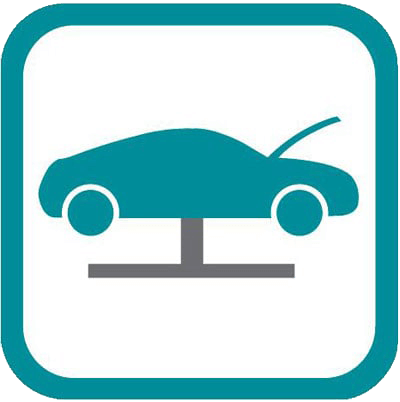Avoid Getting Stranded!
What to do if… …Your car won’t start There are several possible reasons your car may not start, such as corroded cables or a light left on. • If your car makes a clicking noise when you turn your key in the ignition – This type of sound usually indicates a dead battery. Have the […]
Tire Season Has Begun

Tire Season Has Begun: Is Your Vehicle Ready? From inspections to winter swaps, now is the time to focus on your car’s most critical safety feature. The Critical Connection October marks the beginning of “Tire Season” at Car-X. As the seasons change, it’s vital to remember that your tires are the single point of contact […]
“Rattle Rattle Thunder Clatter” – Sounds Your Car Is Making and What to Do About Them
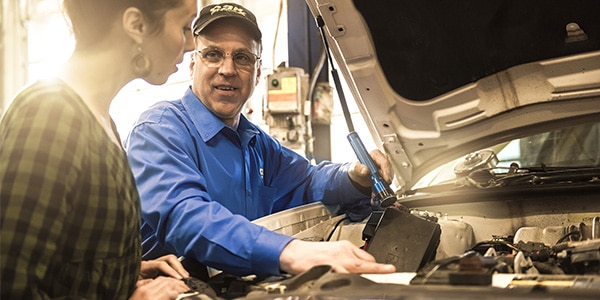
Most of us have experienced a curious sound coming from our vehicle. It is always a little nerve-racking, as some sounds can be indicators…
Holiday Driving Safety

Due to the excessive number of travelers driving during the holiday season, it is important to remember the following to avoid any possible trouble on the road. • Plan ahead – Plan time preceding your trip to assure your car is tuned up and ready for travel. Plan the route you will take, and leave […]
Let Us Know How We’re Doing!

Hearing about the experiences of our customers is something we value. Reviews and feedback are important to us because they help us tailor the way…
Best Type of Oil for Your Car? Synthetic Oil or Conventional Oil?
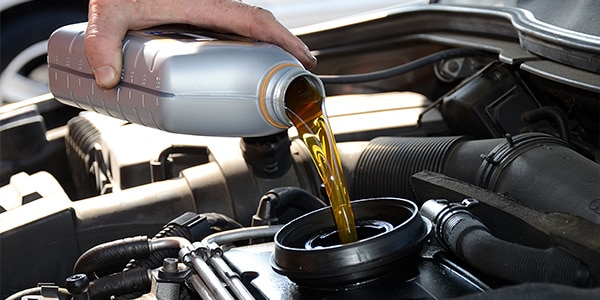
No doubt at some point in time you may have heard the ongoing debate about which type of motor oil is best for your motor…
How to Change a Tire
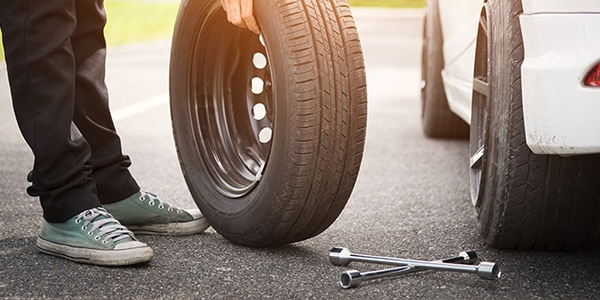
It is likely at some point in your life you will get a flat tire. Do you know what to do without having to…
Fixing Your Old Car vs. Buying a New One
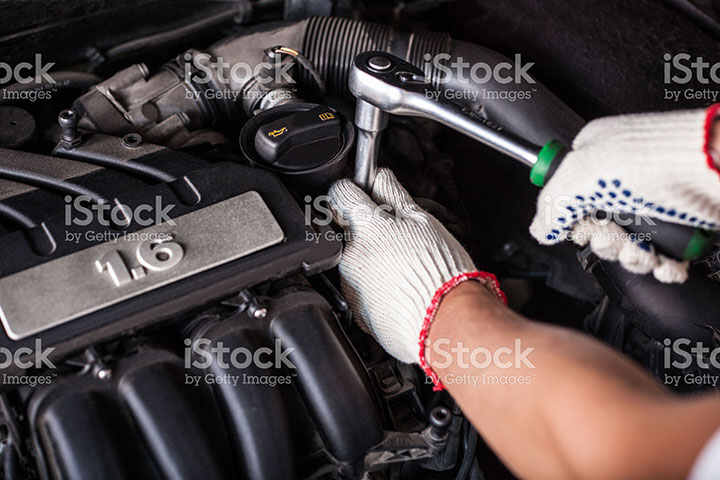
Ownership Guide · Updated 2025 Wondering if it’s smarter to keep your current car on the road or start fresh? Use the simple rule-of-thumb below, see real cost factors, and learn when it’s time to replace. Reviewed: Oct 29, 2025 · Read time: 6-8 minutes Quick navigation The quick rule-of-thumb Repair vs. replace: at a […]
Your Teen Behind the Wheel

Your Teen Behind the Wheel Handing over the keys is a major milestone. Here is how to ensure your new driver stays safe on the road. More Than Just Driving Lessons Watching your teenager get behind the wheel is a mix of pride and anxiety. While driver’s education teaches them the rules of the road, […]
The Kindness of Strangers
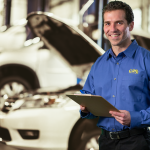
We are proud to share the following letter from customer, Atlas Laster, about an experience he had at the Kirkwood, Missouri Car-X location.


